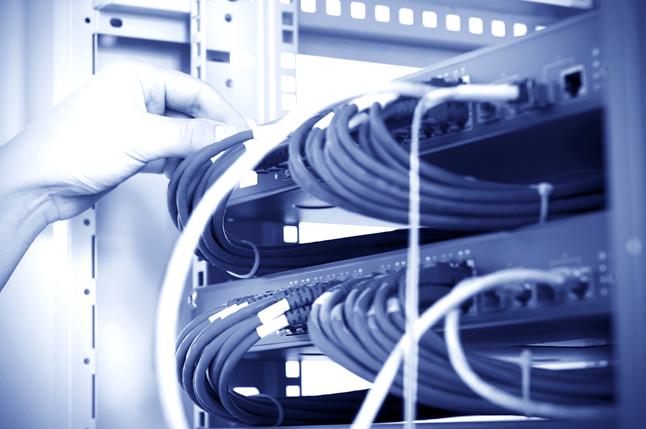
University ofPetroleum and Energy Studies needed to upgrade their IT infrastructure to fulfil the increasing IT demands of their growing student population. The university has grown organically from 230 to 5,000 students, and this growth in turn has led to increasing student expectations relating to IT system performance. To deliver automated processes and e-learning in a smart environment, the university required scalable and effortless data center management.
Solution deployed
To achieve scalability and upgrade their IT infrastructure,India’s first energy and core sector university, UPES has deployed a combination of Dell PowerEdge R710 servers and VMware vSphere 5 server software.
UPES decided to investigate the possibility of using virtualization to lead their IT infrastructure expansion. In order to sustain the reputation as a forward thinking IT-focused institution, UPES required a technology partner. Choosing Dell as their partner from a choice of various other vendors, UPES deployed Dell PowerEdge R710 servers powered by Intel Xeon processors, and VMware vSphere 5 server software.
Benefits accrued
Dell’s solution has enabled UPES to increase data center density while reducing energy consumption by 50 percent. The solution was deployed to fulfill the university’s increasing IT demands of their growing student population.
“We cater to an era of students who demand higher availability, faster access and greater computational power. Keeping up with these demands is challenging for any educational institution. Deploying a virtual solution has equipped us with the scalability that is essential for a growing institution like ours which is committed to fulfilling the rapidly evolving IT needs of our students.” Dr. Ashish Bharadwaj, CIO, University of Petroleum and Energy Studies
Through Dell’s virtualization solutions, UPES observed improved physical server utilization, increasing from an average of 24 percent to 65 percent, resulting in the university optimizing their physical servers while using fewer resources through reducing energy consumption, physical space and IT team maintenance time.

 In
In
Add new comment